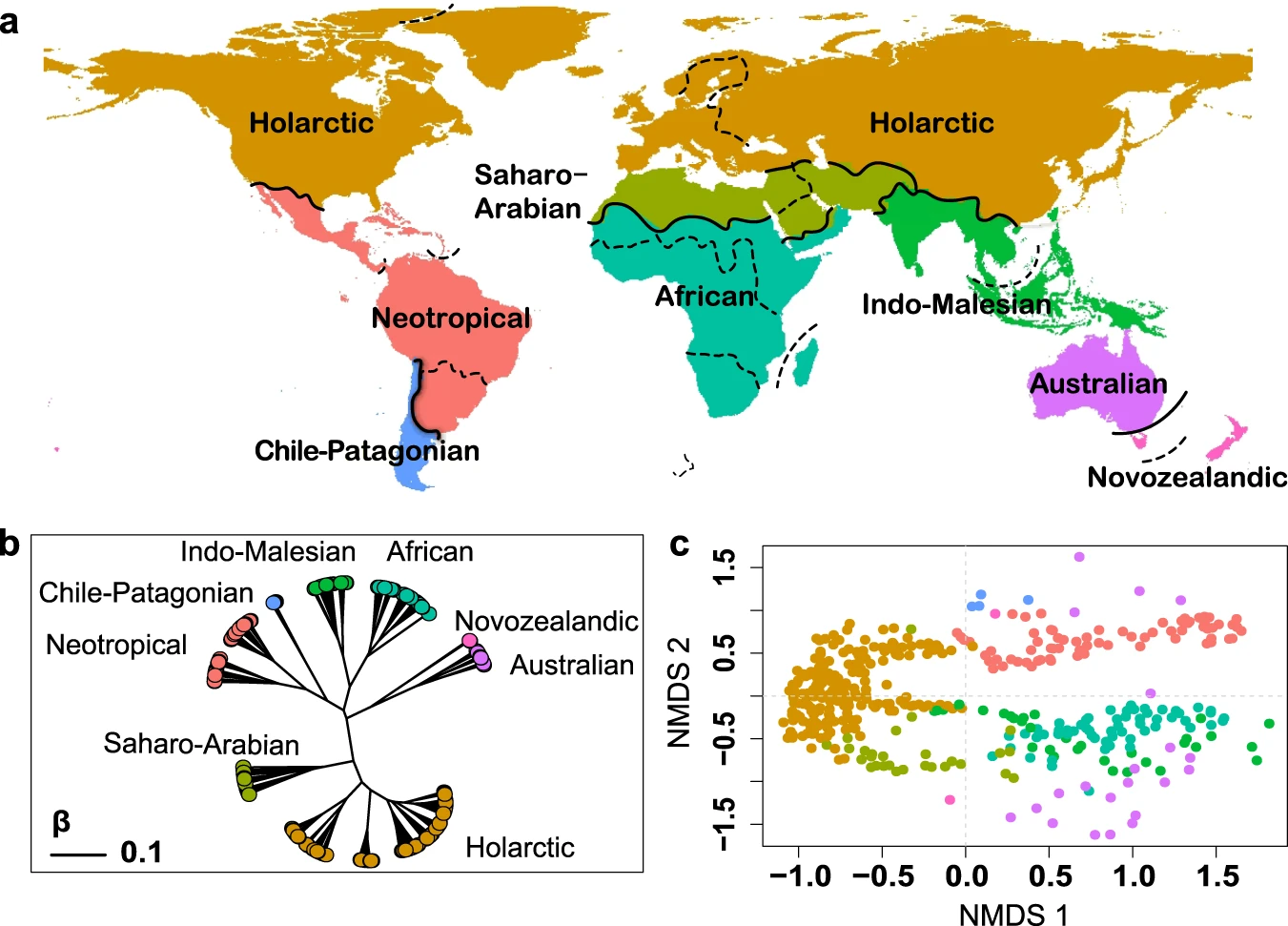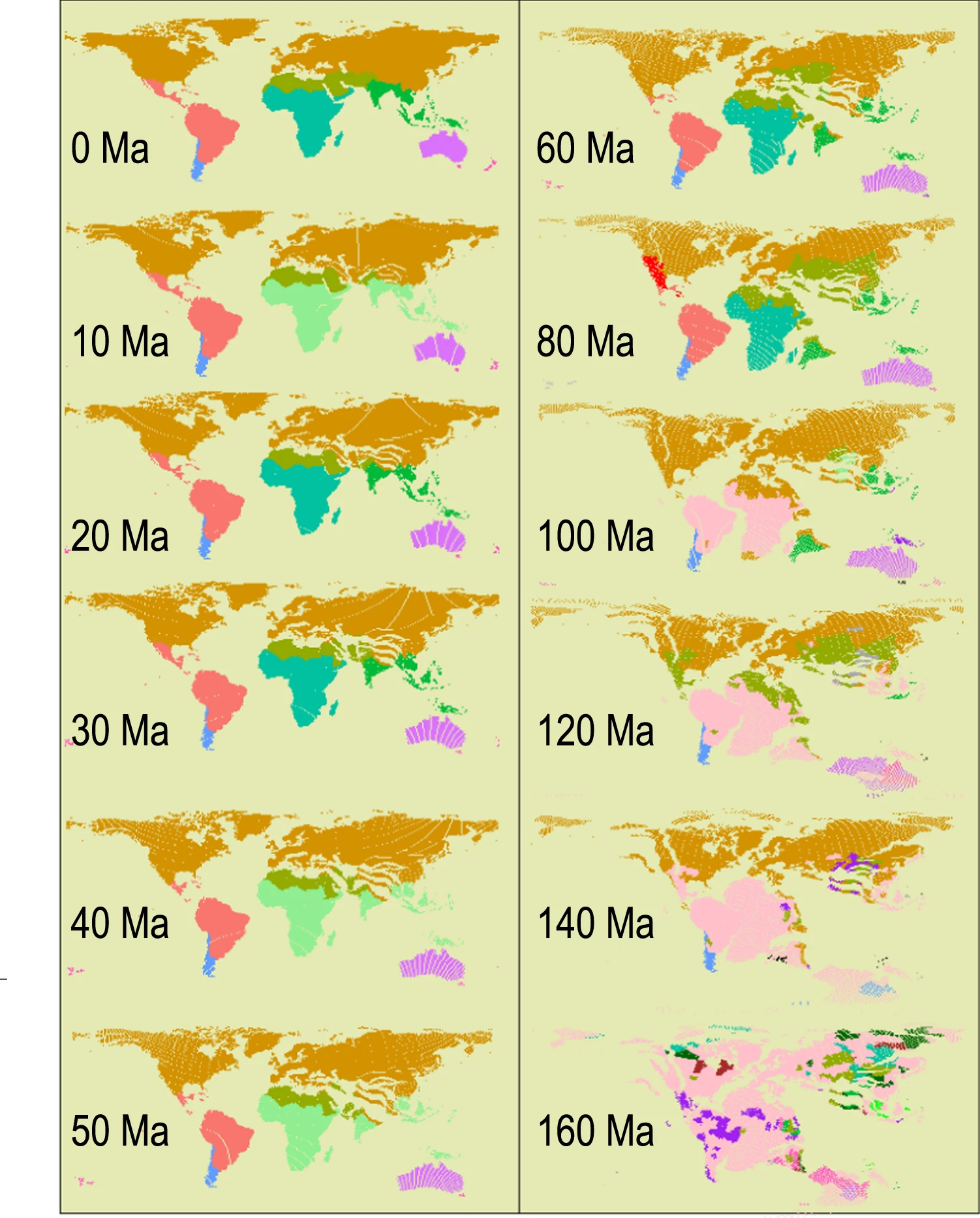Voidwalkin
Emperor
- Joined
- Jun 12, 2024
- Messages
- 1,741
Most common strain of wheat in region or staple crops
NoMost common strain of wheat in region or staple crops
As a first hint this is how climate related it is. The bars show the amount of the variance attributable to climate, with the grey bat showing the amount of the difference that is climate related. This is for multiple different group comparisons.Geography or climate related?

You can learn something from the above one, though?I'm basically illiterate when it comes to interpreting graphs.
Do you understand how that would register on the above graphs? The first thin little purple coloured section marked "Q" is the Quaternary, which started about 2 1/5 million years ago.There was the desertification of the Sahara some 6000 years ago.
I think that has to be close enough. It is more correctly prevalent type of plant using some genetic analysis for "likeness". Otherwise known as a floristic map of the world.prevalent type of trees? using some genetic analysis for "likeness"?
With the graphs being driving factors for diversification.


Do you know how to embed images?Have fun:View attachment 696071
Do you know how to embed images?
membership of some organisation?
Yesmembership of some organisation?
YesThe difference in colour is related to status?
